Irish film-maker Ruairi Robinson talks to Leon Forde about his feature debut The Last Days On Mars, which screened in Cannes’ Directors Fortnight section.
Ruairi Robinson received an Oscar nomination in 2001 for his CG animated short Fifty Percent Grey, while other short credits include The Silent City, Blinky and Imaginary Forces.
Screening in Directors’ Fortnight his feature debut The Last Days On Mars stars Liev Schreiber, Romola Garai, Olivia Williams and Elias Koteas. On the last day of the first manned mission to Mars a crew member finds fossilized evidence of bacterial life. But the crew start to suspect that the life form is not yet dead.
The film was produced by Qwerty Films in the UK and Fantastic Films in Ireland, with Focus Features International handling sales.
How did The Last Days On Mars come together?
I got the script from my agent in London Josh Varney. The screenwriter [Clive Dawson] found this old 70s sci-fi short story that had sort of got forgotten in the mists of time called The Animators by Sydney J Bounds and I think he felt, and I felt as well when I read the script, that there hadn’t been a good paranoia sci-fi for a long time in the spirit of The Thing and Invasion Of The Body Snatchers. I love that stuff anyway and the script already had a really tense claustrophobic atmosphere so it was an easy sell to me…
I liked that every scene was character driven. There’s action and there’s special effects in it but it’s all character choices.
How did you cast the film?
The cast were mostly picked because they’re not obviously genre guys. When you think of Liev Schreiber you think of The Manchurian Candidate and movies where he’s an incredibly amazing actor, like The Painted Veil.
How was the shoot?
We were in Jordan for two weeks shooting exteriors and then we shot on stage in London. The deserts in Jordan are absolutely amazing. It looks very accurate. It’s really the best place in the world to shoot Mars. The only thing you have to do is get rid of shrubbery.
What other technical challenges were there?
We had to build these Mars rovers, we partially built it for real and mounted the cabin on the back of a truck. We put the actors in the cabin and drove the truck in reverse, then in post we composited the CG rover with bigger wheels around the plates and erased any sign of the truck. This approach gave us just enough real stuff in camera for the actors to physically interact with and also became a good base for the CGI artists to match for lighting. So there were a lot of technical VFX challenges as well.
How did you approach the look of the film?
In the design, of the look and feel of the world, there’s a plausibility to it. It’s not documentary real but it’s not stylised just to look good. We’ve tried to make everything feel like it had a purpose.
The cinematography of the movie starts in a graceful, stately manner and then the camera gradually destabilises in tune with the characters’ increasing panic, and becomes a handheld movie.
Did you shoot digitally?
No, we shot on film. It was also the last days on film. We shot 35mm anamorphic and I’m very pleased that I did, I’m very pleased I got to.

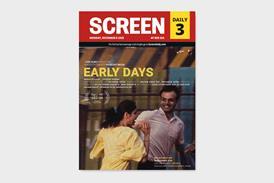

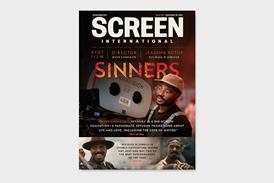


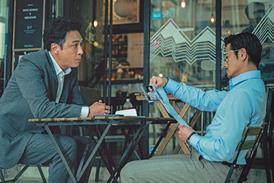





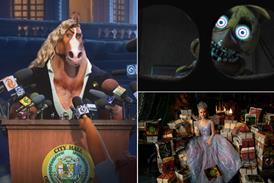
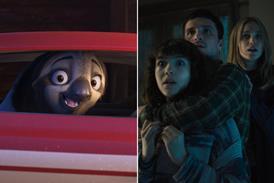
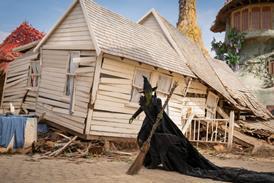

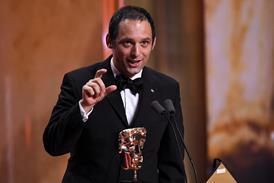






No comments yet